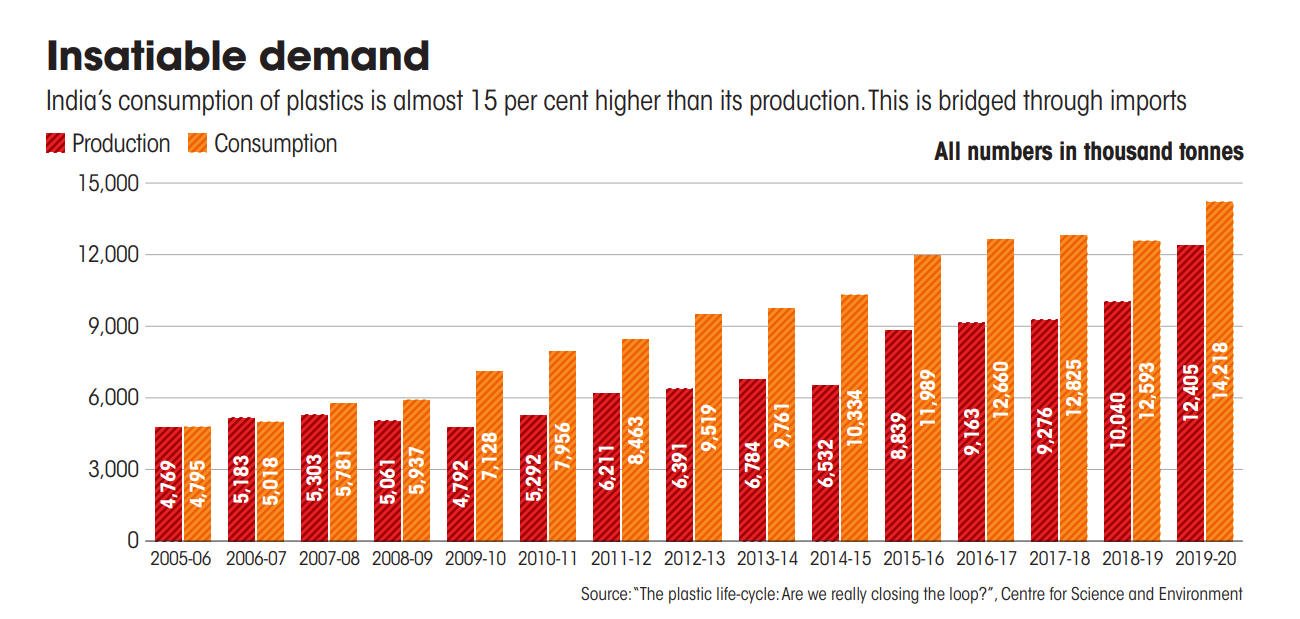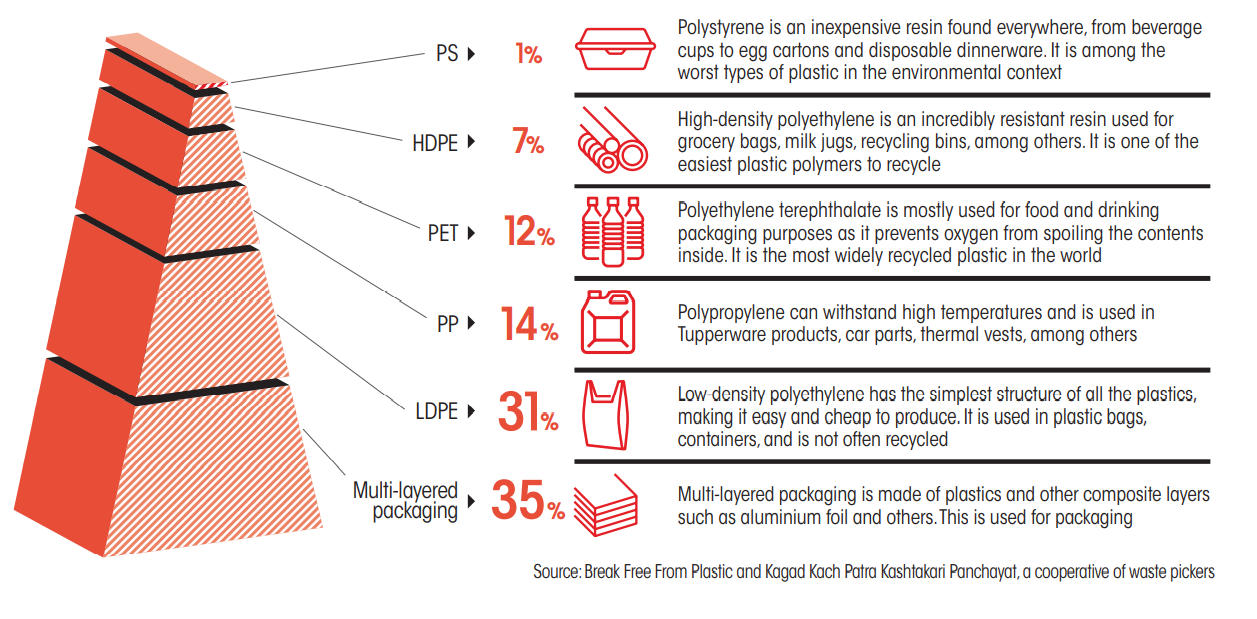Table of Contents
”UPSC News Diary Today” is every day published in the evening between 6-7 PM and contains all current affairs articles from the day on a single platform. ”UPSC News Diary Today” covers various topics from UPSC Syllabus and is very helpful and time managing for UPSC Aspirants. The framing of this daily current affairs compilation article is easy to read and understandable also.
In the ”UPSC News Diary Today” article, we focus on both UPSC Preliminary and Mains exam-oriented current affairs & prepare a gist of daily important news articles from leading National Newspapers, PIB, and other various official sources.
ONDC
Why in news?
ONDC To Make Debut In 1-2 Cities By Sept-End.
What is ONDC?
- Open Network for Digital Commerce (ONDC) is a network based on open protocol and will enable local commerce across segments, such as mobility, grocery, food order and delivery, hotel booking and travel, among others, to be discovered and engaged by any network-enabled application.
- The platform aims to create new opportunities, curb digital monopolies and by supporting micro, small and medium enterprises and small traders and help them get on online platforms.
- It is an initiative of the Department for Promotion of Industry and Internal Trade (DPIIT) under the Ministry of Commerce and Industry.
Zombie Ice
Why in news?
Greenland’s rapidly melting ice sheet will eventually raise global sea level by at least 10.6 inches (27 centimeters) — more than twice as much as previously forecast — according to a study published in Natural Climate Change recently.
What is zombie ice?
- Zombie ice, also known as doomed ice, is the one that continues to be a segment of the parent ice sheet but does not accumulate fresh snow. This type of ice is prone to melting and raising sea levels.
- The study reveals that over the past several decades there has been less replenishment and more melting.
- Considering that global warming is anticipated to worsen, the melting and its direct impact on the rising sea level could get worse as well.
- It could climb up to 30 inches if Greenland’s melting record year (2012) works as a regular phenomenon.
Data Monetization
Why in news?
IRCTC withdraws tender for hiring consultant to monetise passenger data.
What is Data monetization?
- Data monetization is the process of utilizing data to procure economic benefits.
- Direct or external data monetization involves selling data to third parties independently or via a broker, data sharing to obtain beneficial business terms and conditions, and offering information services or products.
- In India, the implementation of Data monetization strategies would have to comply with various Acts or laws, including the IT Act 2000 and its amendments, user data privacy laws, including GDPR (General Data Protection Regulation), and the current ‘Personal Data Protection Bill 2018.
Arth-Ganga
Why in news?
The Arth Ganga model was mentioned by Indian delegates at Stockholm World Water Week 2022.
What is Arth-Ganga?
- Under Arth Ganga, the government is working on six verticals.
- The first is Zero Budget Natural Farming, which involves chemical-free farming on 10 km on either side of the river, and the promotion of cow dung as fertiliser through the GOBARdhan scheme.
- The Monetization and Reuse of Sludge & Wastewater is the second, which seeks to reuse treated water for irrigation, industries and revenue generation for Urban Local Bodies (ULBs).
- Arth Ganga will also involve Livelihood Generation Opportunities, by creating haats where people can sell local products, medicinal plants and ayurveda.
- The fourth is to increase public participation by increasing synergies between the stakeholders involved with the river.
- The model also wants to promote the cultural heritage and tourism of Ganga and its surroundings, through boat tourism, adventure sports and by conducting yoga activities.
- Lastly, the model seeks to promote institutional building by empowering local administration for improved water governance.
Sustainable and Green Tourism
Sustainable and Green Tourism- Relevance for UPSC Exam
General Studies III- Environmental Pollution & Degradation.
In News
- Ministry of Tourism identified Tourism Industry’s potential as a Sunrise Industry.
- There is a need for tourism analysts to hold tourism planners accountable.
What is tourism?
- Tourism is travel for pleasure or business; also the theory and practice of touring, the business of attracting, accommodating, and entertaining tourists, and the business of operating tours.
Types of tourism
- Domestic tourism: Refers to activities of a visitor within their country of residence and outside of their home (e.g. a Indian visiting other parts of India)
- Inbound tourism: Refers to the activities of a visitor from outside of country of residence (e.g. a Spaniard visiting Britain).
- Outbound tourism: Refers to the activities of a resident visitor outside of their country of residence (e.g. an Indian visiting an overseas country).
What does sustainable tourism mean?
- Sustainable tourism is defined by the UN Environment Program and UN World Tourism Organization as “tourism that takes full account of its current and future economic, social and environmental impacts, addressing the needs of visitors, the industry, the environment and host communities.”
What is the main importance of tourism?
- Tourism boosts the revenue of the economy, creates thousands of jobs, develops the infrastructures of a country, and plants a sense of cultural exchange between foreigners and citizens.
The need of Tourism
- Tourism is not a fad. It is a compulsion driven by the urge to discover new places. Because we have this compulsion to venture into the unknown, we need each other. When humans travel, meet and exchange ideas, civilisation flourishes.
What should be done to promote tourism?
- National Tourism Authority: A separate National Tourism Authority (NTA) should be established for executing and operationalizing various tourism related initiatives. Simple, flexible and elegant processes will be laid down to allow for nimbleness.
- National Tourism Advisory Board: A National Tourism Advisory Board (NTAB) should be set up to provide overall vision, guidance and direction to the Development of Tourism Sector in the country.
- Creating Synergy in Tourism Eco System: In order to ensure synergy at various levels of Government and with the Private Sector, it is important to have a well-defined framework in place.
- Quality Tourism Framework: A robust framework for quality certification of products and services across all segments like accommodation providers, tour operators, adventure tour operators, service providers like spa and wellness, guides, restaurants etc. should be laid down.
- Enhancing the existing luxury tourism products: The existing tourism products such as Nilgiri Mountain Railway, Palace on Wheels etc. should be enhanced and their numbers will also be increased. Haulage charges will be rationalised to make luxury trains viable.
- Railways can be a game changer: For tourism Railways have presence in most parts of the country. Most of the tourist destinations in the country are connected by rail. Railways is also in the process of connecting more places especially the strategic locations that also are tourist places with limited connectivity at present. Indian Railways is working towards promoting tourism in the country by operating more trains connecting tourists’ destinations and also by providing an array of products starting from luxury tourist trains to budget catering tourist trains
What is MICE tourism of Gujarat?
- The acronym “MICE” stands for “Meetings, Incentives, Conferences and Exhibitions”, and is essentially a version of business tourism that draws domestic and international tourists to a destination.
- The policy aims to make Gujarat one of the top five MICE tourism destinations in the country.
Way forward
- Enhance the contribution of tourism in Indian economy by increasing the visitation, stay and spend
- Create jobs and entrepreneurial opportunities in tourism sector and ensure supply of skilled work force
- Enhance the competitiveness of tourism sector and attract private sector investment
- Preserve and enhance the cultural and natural resources of the country
- To ensure sustainable, responsible and inclusive development of tourism in the country
Conclusion
- We know that India has the highest tourism potential of any country. That is because we have every terrain and climate zone, and a range of customs, traditions, cuisines, crafts, art forms and festivals unmatched by any other nation. We should monetize our potential through putting comprehensive National tourism policy in place.
Plastic Waste
Plastic Waste: Introduction
- India imposed a ban on 21 single-use plastic items from July 1, 2022.
- The plan is to make India single-use-plastic-free by 2022.
- While the rollout is a positive step, the Centre’s decision not to include packaging plastics, an umbrella term for a host of plastic products used by fast-moving consumer goods (FMCG) companies, is likely to come in the way of the government’s plan to make India single-use-plastic-free by 2022.
- After all, packaging plastic, which includes everything from plastic bottles and sachets to multi-layered plastic (mlp) packets used for junk food, accounted for 59 per cent of the country’s plastic waste generated in 2018-19, according to the plastic industry body Plast India Foundation.
Plastic Waste: How Plastic Waste is impacting us?
- If the trend continues, greenhouse gas emissions from plastics alone would contribute around 15 per cent of the global carbon budget by 2050, warns a 2019 study published in Nature Climate Change.
- The lifetime cost to society, the environment and the economy of plastic produced in 2019 alone was US $3.7 trillion—more than India’s gross domestic product—estimates a 2021 report by international non-profit wwf.
- Unless action is taken, this cost is set to double for the plastic produced in 2040, it warns.
Plastic Waste: Increased use of plastic worldwide
- Despite increasing awareness about the health and environmental impacts of plastic waste, global production of the material has quadrupled over the past four decades.
- The latest analysis of the Delhi-based Centre for Science and Environment (CSE) shows that the production of plastics in India has increased by 2.6 times between 2005 and 2020, with a fourfold rise in imports during the period.
Plastic Waste: What is wrong with India’s Plastic Waste Management Rules?
- India released its current Plastic Waste Management Rules in 2016, and has amended it five times since—in March 2018, August 2021, September 2021, February 2022 and recently in July 2022.
- In almost each of the amendments, the rules have seen some level of dilution to benefit major producers, importers and brand owners.
Plastic Waste: India’s plastic waste driver
Multilayered plastics, which are non-recyclable at a commercial scale, make up 35% of all plastic waste and 40% of all branded pieces of plastic waste.
Types of plastics and their share in total plastic waste in India:
Plastic Waste: Do we have environment-friendly solutions?
- All plastic waste can be turned into an energy source or put to alternate use in other industries, though neither of the solutions is good for the environment.
- Energy recovery involves the conversion of plastic waste into usable heat, electricity or fuel through a variety of chemical processes such as combustion and gasification. These processes are polluting and inefficient.
- Similarly, alternate use of plastic waste implies that it can be used for a purpose other than for which it was conceived. For example, plastic waste is often sent to cement factories where it is burnt as an alternative fuel.
- The ash from the burnt plastic becomes a part of the clinker, an intermediate material used in the cement production process. The process causes massive emissions that contribute 7-8 per cent of all carbon dioxide emissions worldwide, thus negatively affecting the environment.
Plastic Waste: Conclusion
Till the plastic problem is tackled head-on at every step in the life cycle of the material, there can be no hope for a sustainable solution.





 TSPSC Group 1 Question Paper 2024, Downl...
TSPSC Group 1 Question Paper 2024, Downl...
 TSPSC Group 1 Answer key 2024 Out, Downl...
TSPSC Group 1 Answer key 2024 Out, Downl...
 UPSC Prelims 2024 Question Paper, Downlo...
UPSC Prelims 2024 Question Paper, Downlo...




